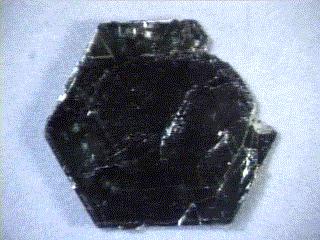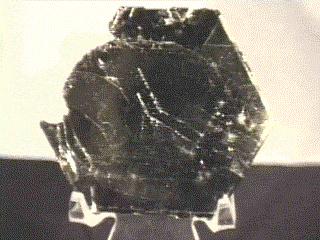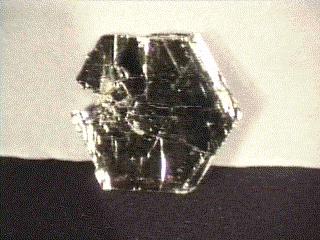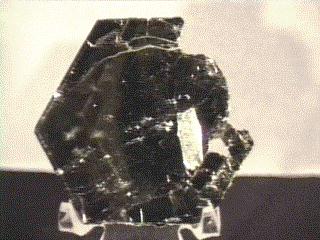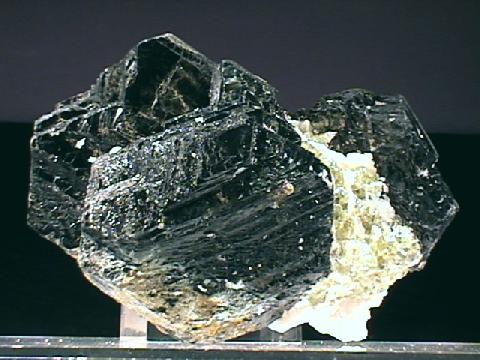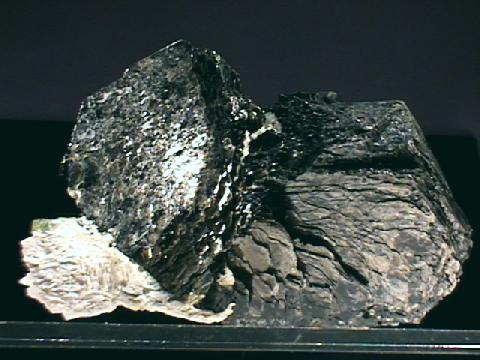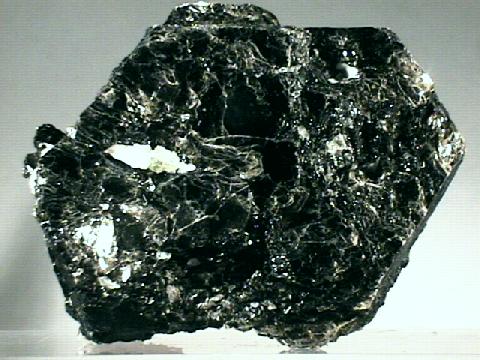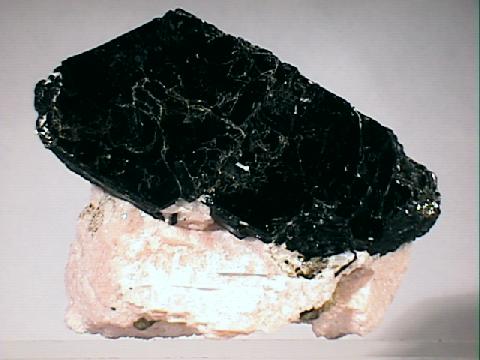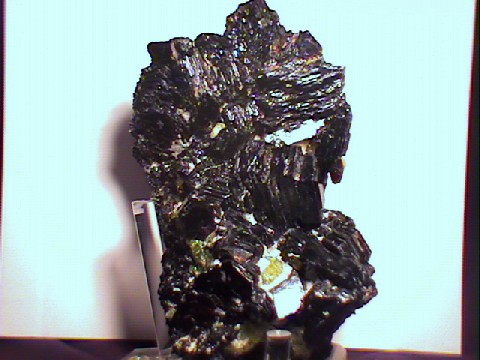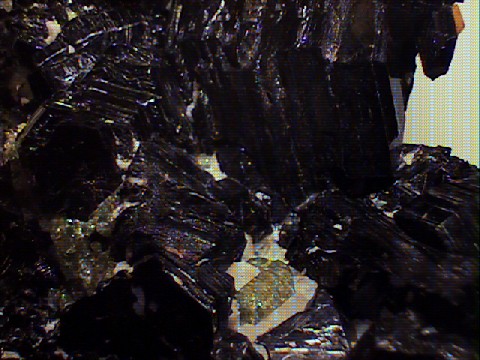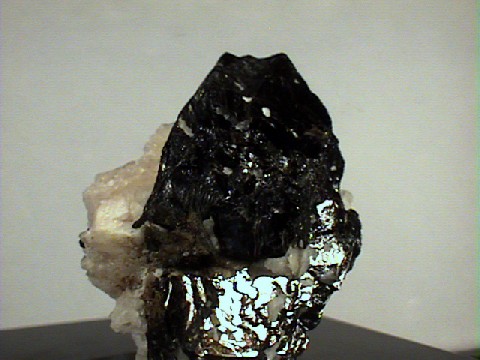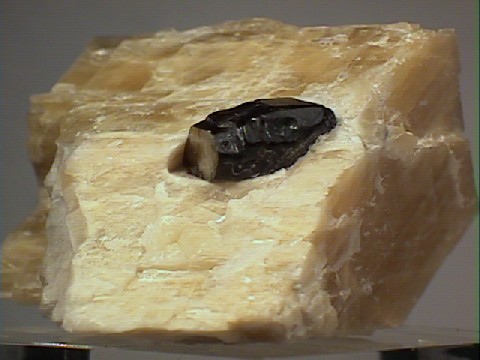 THE MINERAL PHLOGOPITE
THE MINERAL PHLOGOPITE
- Chemistry: K Mg3 AlSi3 O10 (OH)2, Potassium magnesium aluminum silicate hydroxide.
- Class: Silicates
- Subclass: Phyllosilicates
- Group: Micas
- Uses: heat and electrical insulator for industrial purposes.
Specimens
Phlogopite, like other micas, has a layered structure of magnesium aluminum silicate sheets weakly bonded together by layers of potassium ions. These potassium ion layers produce the perfect cleavage. Phlogopite is rarely considered a valuable mineral specimen, but well formed crystals are rare and some are now on the market showing nice crystals. These come from the Kola Pennisula area of Russia. Single large plates or "books" of phlogopite can grow to considerable size.
PHYSICAL CHARACTERISTICS:
- Color is pale brown to brown.
- Luster is vitreous to pearly.
- Transparency crystals are transparent to translucent.
- Crystal System is monoclinic; 2/m
- Crystal Habits include tabular to prismatic crystals with a prominant pinacoid termination. Phlogopite's four prism faces and two pinacoid faces form pseudo-hexagonal crystal "books". The sides of the crystal often tend to tapper and can have a "hard candy that has been sucked on, look". Also as lamellar or granular rock forming masses.
- Cleavage is perfect in one direction producing thin sheets or flakes.
- Fracture is not readily observed due to cleavage but is uneven.
- Hardness is 2.5 - 3.
- Specific Gravity is approximately 2.9+ (average)
- Streak is white.
- Associated Minerals are dolomitic marbles, hornblende, garnets and schorl.
- Other Characteristics: cleavage sheets are flexible and elastic, meaning they can be bent and will flex back to original shape. Thin flakes show an asterism or six rayed star when a light source is viewed through the crystal due to inclusions.
- Notable Occurrences include Ontario and Quebec, Canada; Russia and at many locallities in Europe.
- Best Field Indicators are crystal habit, color, cleavage, elastic sheets and associations.

